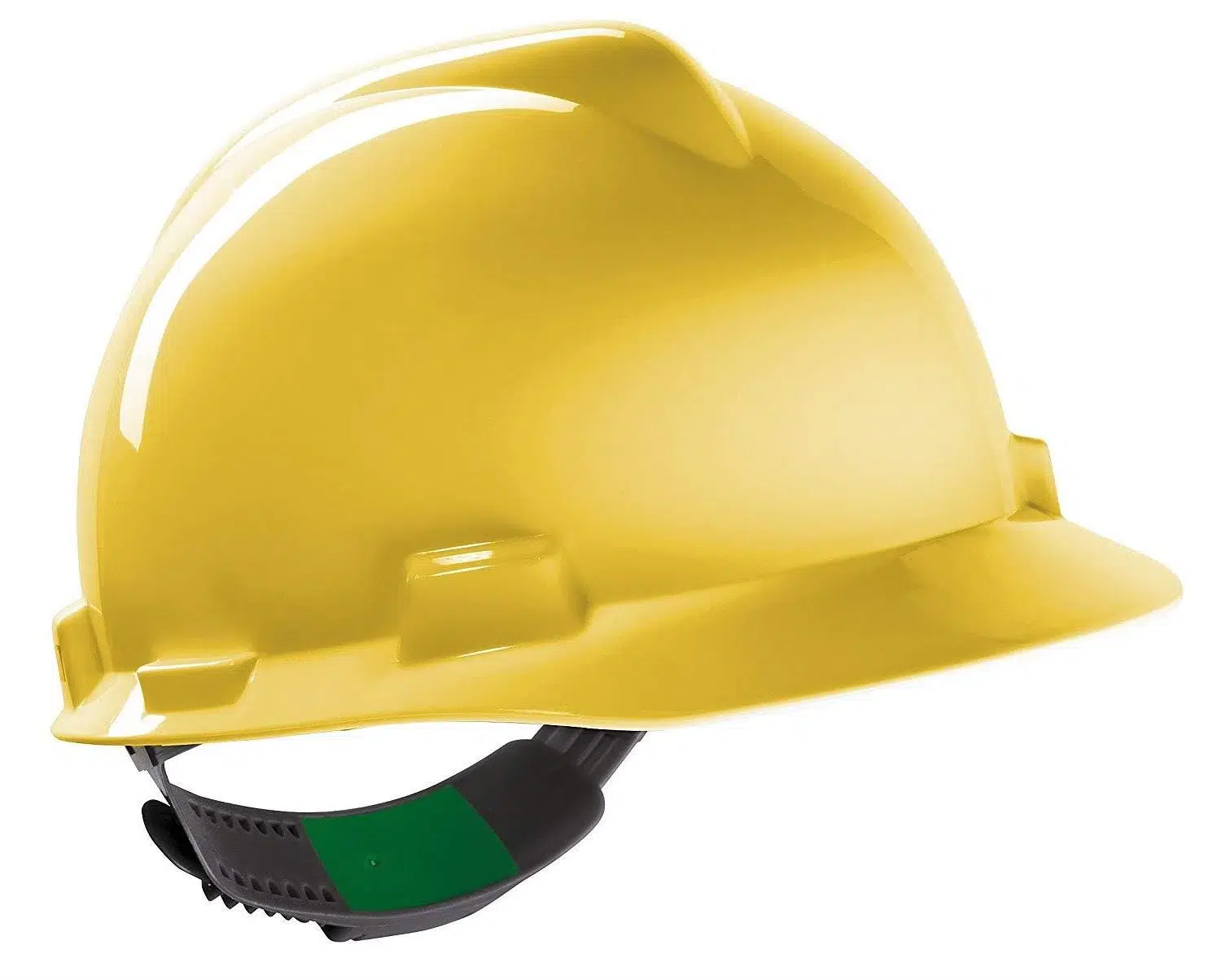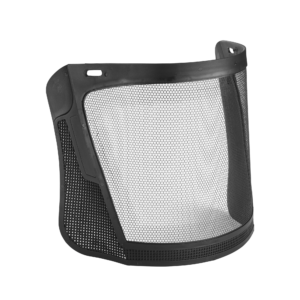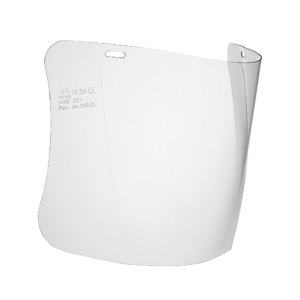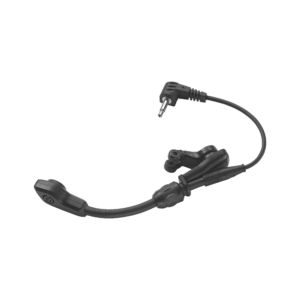Understanding the differences between a bump cap and a hard hat is crucial in the world of construction and industry. Not only can the right choice ensure your safety, but it can also significantly affect your overall work performance.
The question of Bump Cap vs Hard Hat is frequently asked when it comes to protective equipment. People often confuse the two and aren’t always sure which one is the best choice for their specific needs. Today, we’ll help clear up that confusion and help you make the best decision.
Bump Caps: What are they?
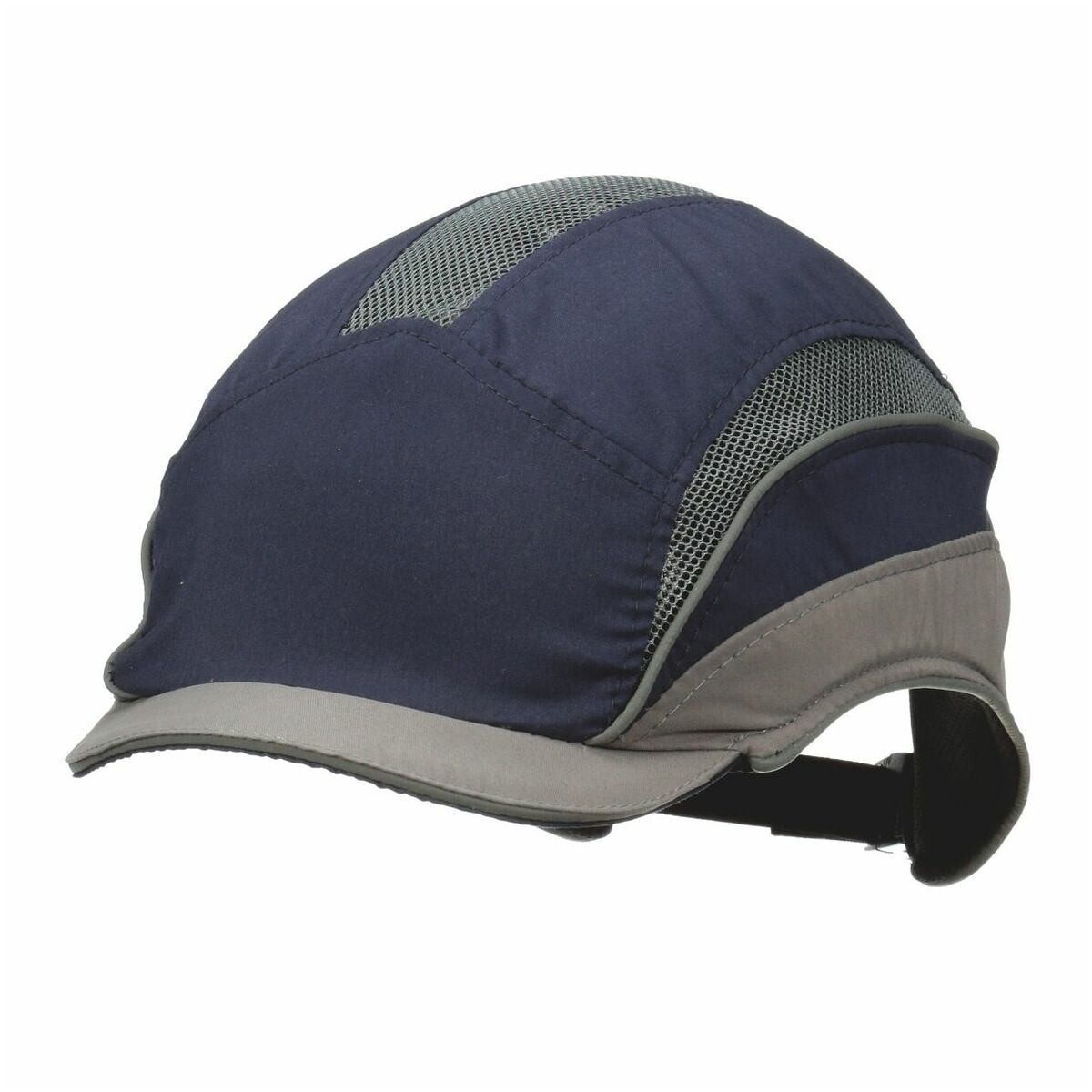
At a glance, bump caps resemble regular baseball caps with the added benefit of safety. However, this understated piece of safety equipment serves a crucial role in numerous work environments.
Bump caps are designed to shield the wearer’s head from accidental impact against fixed objects. Imagine working in tight spaces with low ceilings or jutting structures, like the interior of a cargo vehicle or the storage area of a warehouse, or even in food processing units where there are many overhead pipelines. The risk of bumping your head in such situations is high.
The protective shell of a bump cap, typically made from a lightweight, rigid plastic like polyethylene, sits snugly inside a softer outer cap. This outer layer may be composed of cotton, polyester, or a mix of the two, with a variety of colours and designs available to suit different users and company branding. This hard plastic shell serves to dissipate the force from the impact over a greater area, reducing the risk of minor injuries.
Bump caps also often feature ventilation holes for increased breathability, making them more comfortable for wear over extended periods. Especially in jobs requiring a lot of movement and potentially causing perspiration, this is a valuable feature.
Some types of bump caps even come with additional protective features like built-in ear protection or face shields. Others have provisions for attaching add-on features like lights, which can be particularly useful when working in low-light conditions.
However, it’s critical to understand that bump caps are only meant to protect against minor bumps and bruises. They do not meet the American National Standards Institute (ANSI) or European Standard (EN) requirements for impact and penetration resistance that you would expect from industrial safety helmets or hard hats. Hence, they are not suitable for environments where falling or flying objects, or electrical hazards, are a concern.
As such, bump caps should be used as part of a comprehensive safety strategy, never as a replacement for hard hats in environments where the latter are needed. They are best used in conjunction with other protective equipment, such as safety glasses or ear protection, to ensure complete safety in the workplace.
Hard Hats: The Industry Standard
Hard hats, also known as safety helmets, are one of the most recognized forms of Personal Protective Equipment (PPE). They’re seen everywhere, from construction sites to mining operations, and they serve a critical function—protecting the wearer’s head from severe injuries.
Constructed from robust materials like polyethylene or polycarbonate, hard hats are designed to resist impacts from falling or flying objects, offering a sturdy line of defence in hazardous work environments. The design of a hard hat typically consists of two main parts: a shell and a suspension system.
The shell, or the outer layer, provides the first line of defence. It’s rigid and durable, designed to resist impacts and protect against electrical shocks. The shape is no accident either. The full brim or front-billed design helps to protect not only the top of the head but also the neck, shoulders, and in some cases, the face against splashes, spills, and sun.
Inside the shell, there’s the suspension system. This part is vital, as it not only helps keep the hat in place on the wearer’s head but also absorbs and distributes the force of an impact. It consists of straps and bands that sit around 1-1.25 inches away from the shell, providing a space (known as the “crush zone”) that takes the brunt of an impact before it reaches the head.
Hard hats also come in different classes—G (General), E (Electrical), and C (Conductive)—each providing varying degrees of protection against impact, penetration, and electrical shock. They’re held to rigorous standards by ANSI and the European Standard (EN), which ensure that these hats can withstand the potentially dangerous forces encountered in industrial settings.
Furthermore, many hard hats come with additional features such as slots for attaching face shields, earmuffs, or mounted lights, and some models even have built-in ventilation for comfort in hot conditions.
It’s important to remember, though, that hard hats, like all safety equipment, have a lifespan. This lifespan can be anywhere from two to five years from the date of issue, depending on the level of use and the manufacturer’s guidelines. Regular inspection for cracks, dents, or any signs of degradation is crucial. If a hard hat has taken a significant hit, it should be replaced immediately, even if no damage is visible.
Bump Cap vs Hard Hat: The Differences
In terms of design, both bump caps and hard hats are designed to provide head protection, but the level of protection differs significantly.
- Protection Level: As mentioned earlier, hard hats offer higher levels of protection than bump caps. They’re designed to protect against falling or flying objects, while bump caps only protect against minor bumps and scrapes.
- Weight: Bump caps are generally lighter than hard hats, making them more comfortable to wear for prolonged periods. However, modern hard hats are also designed with comfort in mind, and many models are lightweight without compromising safety.
- Work Environment: Your work environment plays a crucial role in determining whether a bump cap or hard hat is the appropriate choice. Bump caps are ideal for areas with low head clearance, while hard hats are essential for environments where there’s a risk of serious head injuries.
Making the Right Choice: Bump Cap or Hard Hat
Selecting between a bump cap and a hard hat involves a careful examination of the workplace, potential hazards, and the nature of the tasks performed. While both serve to protect, their use is determined by varying levels of risks involved.
The first step is a thorough risk assessment of your work environment. Is there a significant threat of objects falling from height? Are there low-hanging structures or equipment that workers could potentially bump their heads against? Are there electrical hazards present? The answers to these questions will help you make an informed choice.
- Falling or Flying Objects: If you’re working in an environment with a significant risk of objects falling from height or flying around, such as a construction site or a logging operation, a hard hat is unquestionably the right choice. It provides robust protection against such hazards, safeguarding the worker from potentially severe head injuries.
- Low Impact Bumps and Scrapes: For workplaces where there is no risk of falling or flying objects, but a potential for minor bumps and scrapes due to stationary objects, bump caps are suitable. These might include areas like warehouses, underneath vehicles, inside cargo holds, or food processing plants.
- Electrical Hazards: If you are exposed to electrical risks, then an insulating hard hat (Class E) is necessary. Bump caps do not provide any protection against electrical hazards.
- Comfort and Long-Term Wear: If you need head protection for a long period, comfort becomes a crucial factor. Bump caps are generally lighter and more comfortable to wear over long durations. However, many hard hats are also designed with adjustable bands and ventilation for comfort, so this is something to consider as well.
- Additional Safety Features: Depending on your work requirements, you may need additional safety features. Hard hats often come with slots for mounting accessories like face shields, earmuffs, or lights. While some bump caps also offer similar features, the range is typically more extensive with hard hats.
- Legislation and Standards: Finally, consider any legislation or industry standards that apply to your workplace. Some environments may legally require workers to wear ANSI or EN-approved hard hats.
Remember, when it comes to safety, one size does not fit all. Always choose the headgear that provides the highest level of protection necessary for your specific environment and task. Never compromise safety for comfort or convenience.
In the end, whether you choose a bump cap or a hard hat, ensuring that it fits well and is worn correctly is critical. PPE can only offer protection if used correctly. Make sure that all workers are trained in how to wear and maintain their head protection equipment.
By taking these factors into account, you can make an informed decision in the bump cap vs hard hat debate and ensure the safety of you and your team.
Conclusion
To sum it up, the primary difference between a bump cap and a hard hat boils down to the level of safety they provide. Remember, never compromise your safety by choosing less protective gear just because it might be more comfortable or less cumbersome. Your life could depend on this decision.
Both bump caps and hard hats serve their own purposes and are important in their respective areas. By understanding the difference between the two, you can ensure that you’re wearing the correct safety equipment for your work situation.
